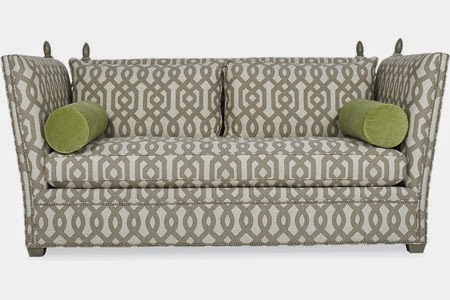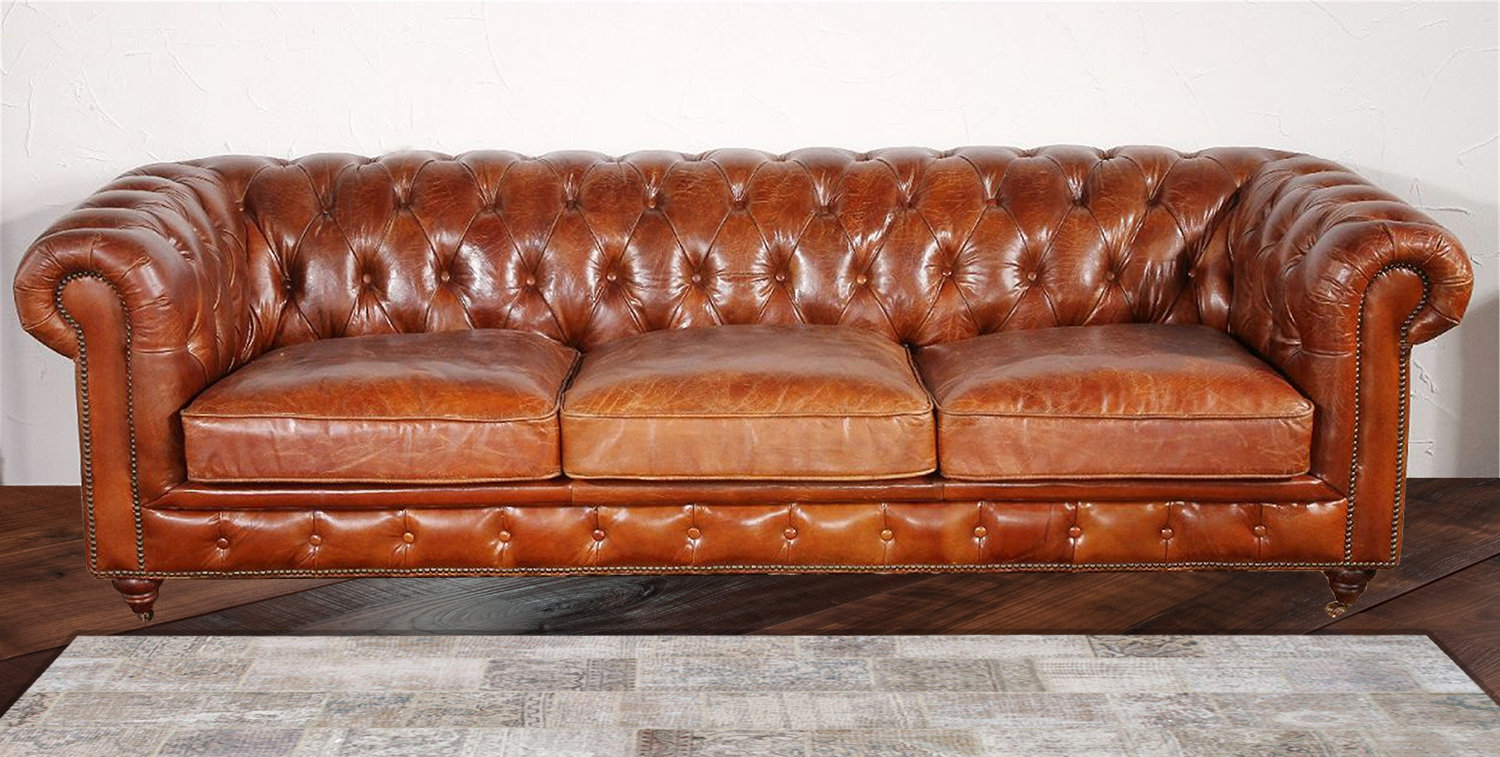How to Decide on a Sofa vs a Sectional
So many factors come into play when you are trying to stylize and optimize your living room. Spending a little time thinking things through can help ensure that you will love yours for years to come. Many people get stumped when trying chose between a sofa and a sectional.
So let’s take a look at these two work horses of the living room. A sofa, also called a couch, is a piece of upholstered furniture seating two or more people, most commonly seating three. A sectional (actually short for “sectional sofa”) has a modular design, with two or more pieces typically coming together at a 90 degree angle to create an L or U wrap-around shape.
Here are some tips to help you make the right choice for your room and lifestyle:
What’s Your Style?
First consider if you prefer the look of sofa or sectional better. With sectionals, many people either love ’em or hate ’em. Though either can be found stylized to match beautifully with your preferred décor; sofas can be used more formally, sectionals tend make a space feel more casual and cozy. If the area allows, sofas with accompanying loveseat or chairs will make a room look more open, less crowded and likely bigger. Sectionals anchor and fill the space visually, making the room look less open, more comfy.
How Many Seats and How Will You Use the Space?
Next, don’t just count the seats you need, think about who will be sitting in them. While a sectional fits 4-6 people, most spots won’t have arm rests, and the one in the corner won’t have leg room. With a sectional, not all “seats” are created equally. A sofa with two chairs will provide more generous seating for 5 people.
So, is it mostly for family, TV and lounging? Or will you be frequently entertaining guests in your living room. Sectionals are great for lounging back and kicking up your feet. They provide oodles of spots for kids and family members who don’t mind squeezing in together. But if you plan to host guests frequently where people are likely to be less familiar, visitors tend to be more comfortable with a little more personal space. Depending on how big your area is, a couple of sofas, sofa plus loveseat or sofa plus two chairs will likely be a better fit for you.
Do You Prefer to Mix Things Up or “Set-it and Forget-it”?
If you enjoy rearranging your furniture periodically, then a sofa is probably your best bet. Sofa and chair pairings can typically be reconfigured several different ways to give a fresh new look when you’ve got the doldrums. In most living rooms, once you’ve chosen the right size and configuration for a sectional there isn’t much wiggle room to change things around. And this will also be the case if you plan to move any time soon. If a move is likely, a standard sofa is probably a safer bet to fit comfortably into your new digs as well. If you prefer to keep things status quo, then either the sofa or the sectional can be equally great choices.
Which Fits? The Size and Shape of Your Space
As with buying any family room or living room furniture, designers always recommend creating an accurate, detailed floorplan of your space before you start shopping. Be sure to include doors (and swing radius), windows, fireplace, and any other built-in elements. Graph paper can be immensely helpful, and you if you are stuck debating multiple possibilities, cutting out scale sized furniture pieces can help you test out different options on your plan.
Look at your space and look at your options. Sometimes your best choice will become obvious. An example is a small area that feels cluttered because a sofa and chairs combo has to be grouped so tightly together can instead look more tidy and purposeful with a smartly placed sectional.
As you look at layouts, don’t forget to consider which way you will face when sitting and when lounging on the furniture. For instance, if you are planning a TV room, will someone be stuck watching TV sideways or at a bad angle?
Traffic Flow
Look carefully at how the furniture will be situated in your living room. Map it out on your floor plan. For better visualization, line up similarly sized objects in your room to see how a new furniture layout can change the way you use and move through your space. A sectional might fit right in with the way you get around, while allowing you to use your space more efficiently and providing a better traffic pattern for the room. Or you might find you need more space between the seating options so that you can walk through sitting area instead of around it. You’ll gain lots of insight by testing the concept first.
Overall effect
After working through the pointers above, you may still be unsure about which best suits you and your living room. If you know either will fit, and you know either will provide the functionality you need, consider again the overall effect. Rooms look bigger and more spacious with sofa and chairs because there is space in and around each of the furniture elements. A sectional creates a more densely populated space in the room; as an anchor it can make a room look more full yet more cozy.
Many living rooms can look and function great with either sofa or sectional. If that’s the case for you, it all comes down to the eye of the beholder. Pick the one you love.








